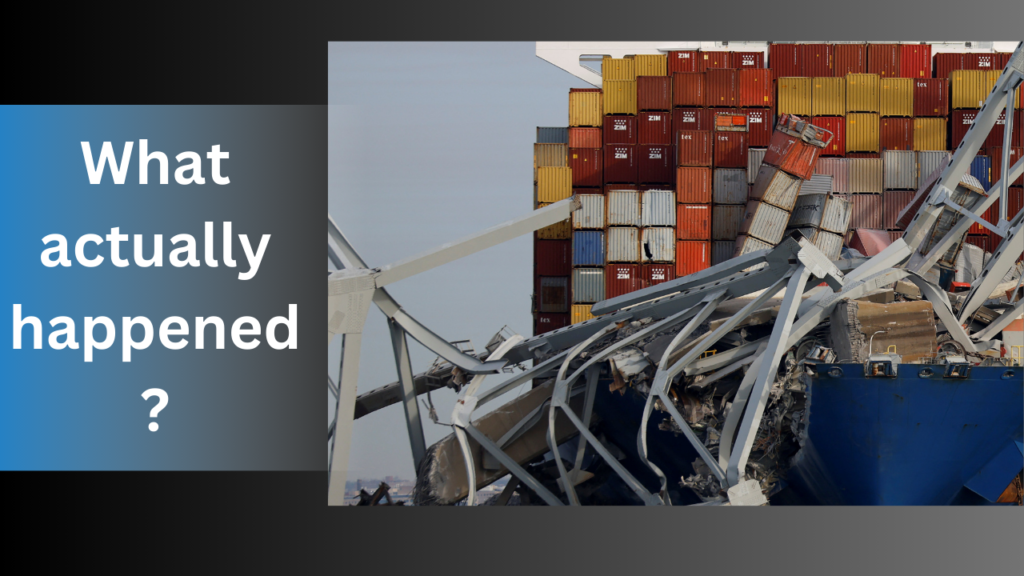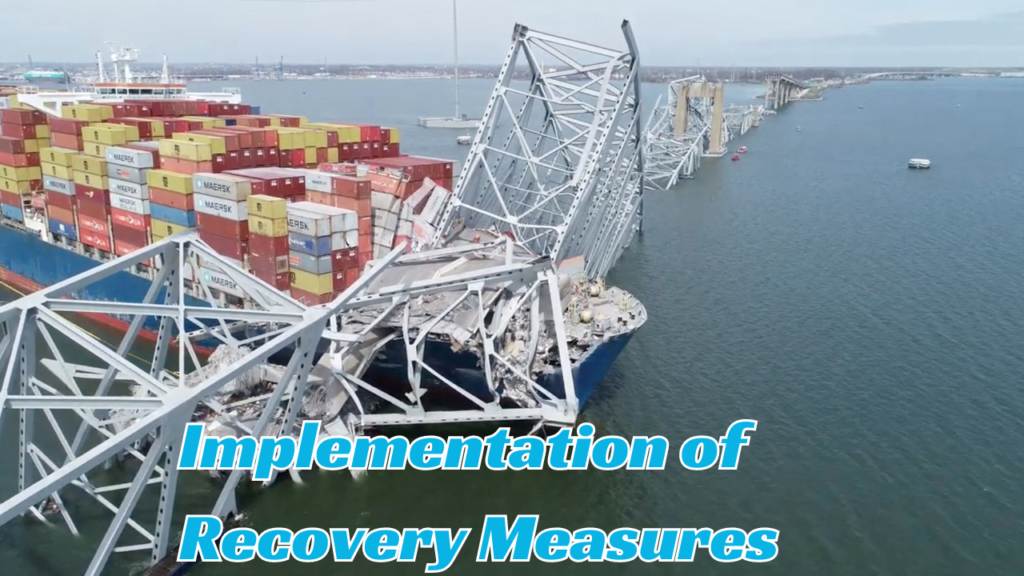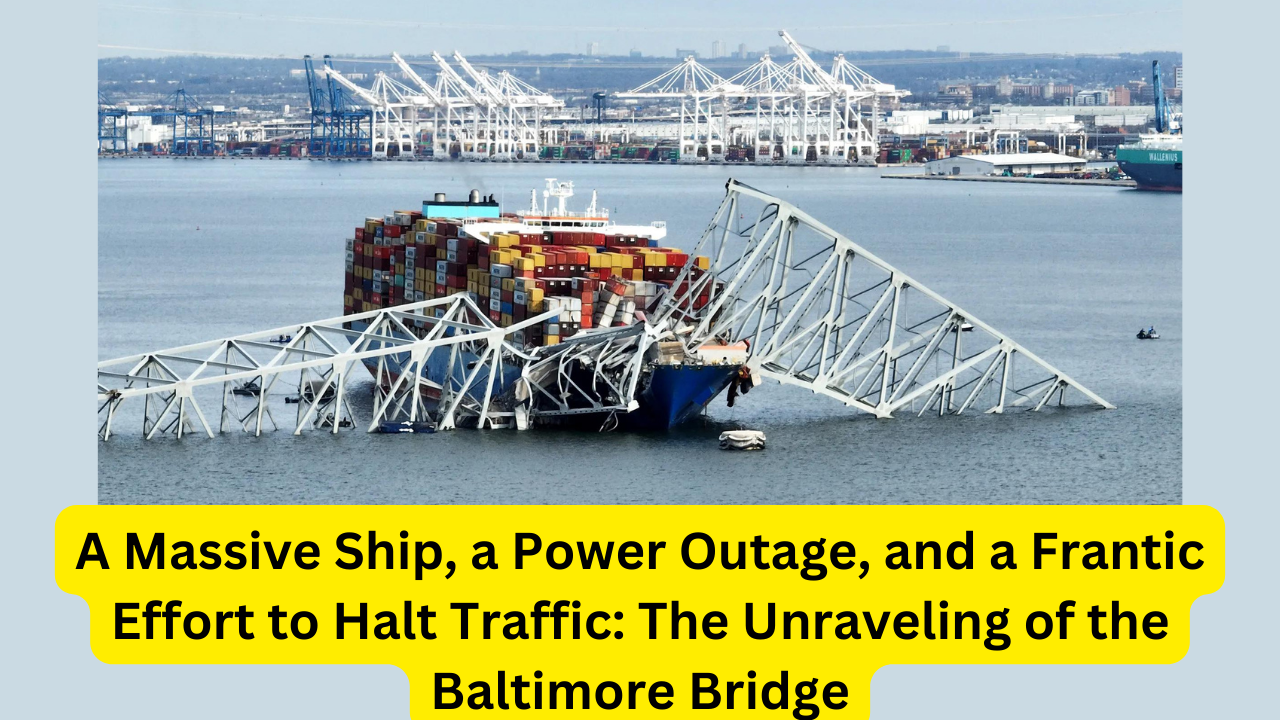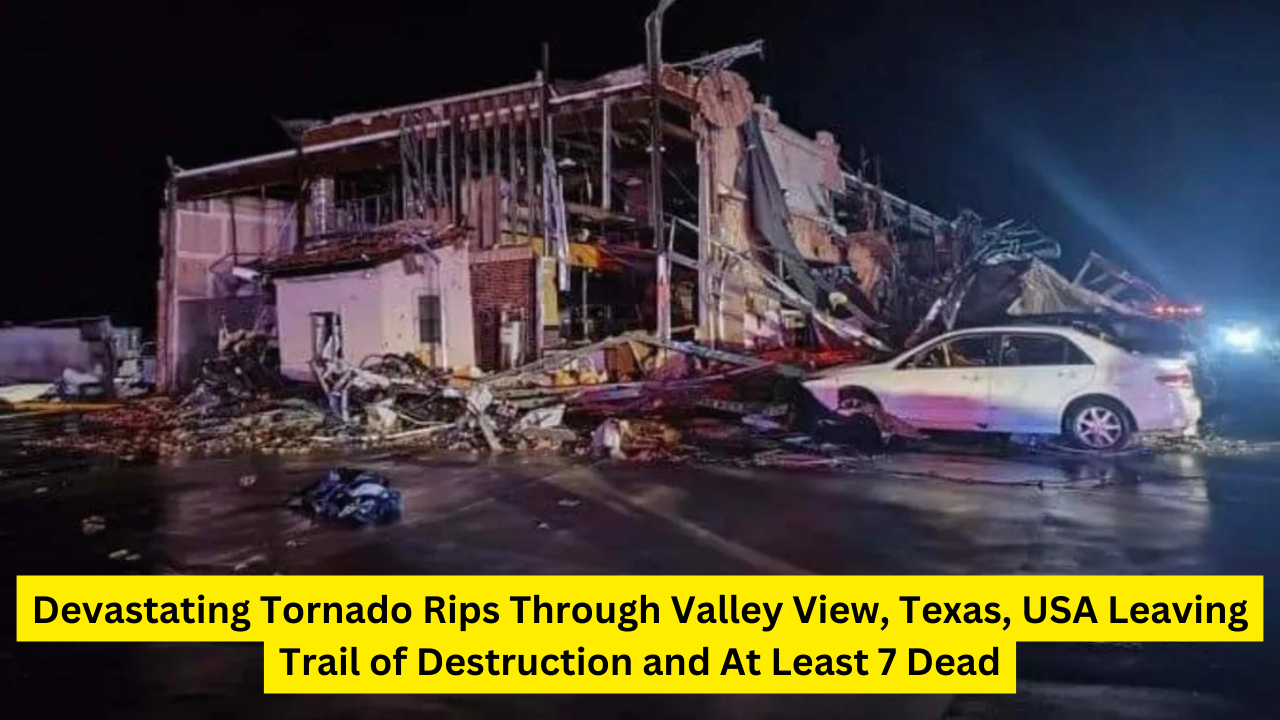The failure of the recently torn down Francis Scott Key Bridge in Baltimore startingle and trouble the ones in the United States. This terrifying incident brought many questions to fore relating to infrastructure safety and upkeep at the back of the mind. A supposed disaster does not lead to the need to understand its origin, determine its causes, feel the aftermath and go beyond the problem into the future.
While the construction of a bridge may seem like just another infrastructure project, it represents a significant opportunity to shape the future of our community.
History is crammed with preconceptions that will be forever debated. Examples include The Francis Scott Key Bridge, across the Patapsco River, which, in addition to its distinctive yellow shade, was named after the composer of “The Star-Spangled Banner.” This artery connects the communities of Baltimore and Dundalk. It has been a striking emblem of the region over more than four decades as well as it is a component that has essential function of transporting thousands of vehicles per a day.
The Collapse: Non dolor sit meae: What actually happened?

On 26 March Tuesday, tragedy clings as a certain part of the Francis Scott Key Bridge unexpectedly gave, sending cars tumbling towards the river down. Witnesses stated that they had never seen such scenes. Chaos and confusion were everywhere as responders rushed to the scene. They brought survivors from the scene and rescued those injured. Maquette de l’édifice souffrit d’importantes dégâts qui firent rapidement s’inquiéter de la sécurité des passants.
The reasons behind the fall of the Roman Empire are speculative and complex.
The investigation actions of the collapse are still conducted, but some reasons were disclosed as major factors that lead to the disastrous accident. Different factors have to be addressed like load-carrying capacity, maintenance policies, climatic conditions and faulty designs. It is crucial to carry a detailed investigation which led to identifying the primary cause of this case so as to prohibit reoccurrence of these cases and a similar incident in the future
The Aftermath: Community Impacts
The failure of the Francis Scott Key Bridge results by the communities it helps to stretching implication. Some of the first impacts include a cranky transit system, potential traffic bottlenecks, and economic ramification (s). In addition, the emotional variations of people who have suffered from the tragedy has deep reaching impacts. The end reminds the public about the seriousness of preparedness and infrastructure that is resilient.
Implementation of Recovery Measures

In disaster aftermath, it was the government agencies, the local authorities and the emergency responders that jointly allotted resources at the speed of the day. Searching and rescuing were organized, injured people were given medical aid, and the assessment of a damaged bridge structure as well as of the stability of bridge itself started at once. On that community’s side, help and collective effort have been significant in the healing process, and a consolation to those affected by the disaster.
Conclusions and Measures to Be Taken in the Future
The downfall of the Francis Scott Key Bridge illustrates the nail-biting fact that maintenance and safety of infrastructure are indeed very pivotal. It imposes a culmination of the existing processes and the regulatory measures that will yield lasting solutions and stop similar incidents in the future. Stakeholders have to take seriously preventive measures thereafter. This can be done through close collaboration amongst all stakeholders. Infrastructure networks must be made resilient in order to prepare well and fight back more effectively to the ensuing natural or manmade calamities.
Conclusion
The accidental breakdown of Francis Scott Key Bridge in Baltimore caused the issue of infrastructure safety and carriers to come up to the light. From the investigation now, immediate to the close of recovery the issue is, to listen to the lessons learnt from this tragedy. A proactive approach to this challenges is taken by prioritizing preventive measures that by so doing provide us with a means to avert future disasters and the well-being of our communities.





